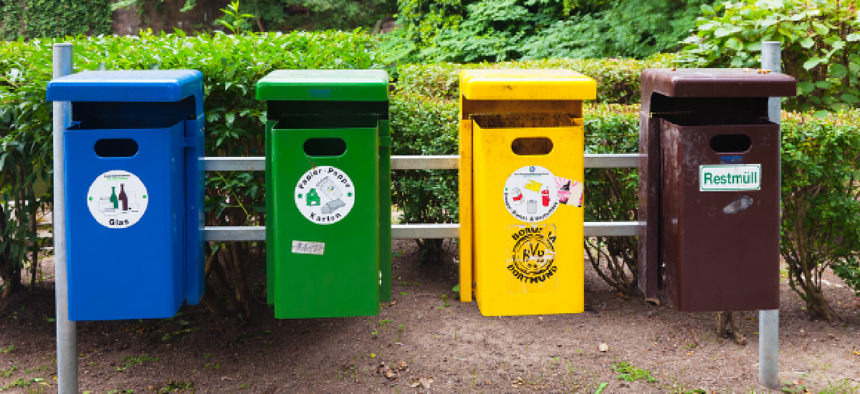Want good data analysis? Start at the beginning.


Connecting state and local government leaders
How you categorize your data is key to being able to compare and contrast what you collect and, ultimately, make better decisions.
I often work with functional (nontechnical) practitioners in developing data standards for information exchanges between systems and organizations. One design area that arises often (and is often misunderstood) is the creation of good categorization schemes.
But wait, before you leave thinking this is too in the weeds or not for you, let me tell you why categories are incredibly important: When done right, they directly help you make better decisions by allowing you to compare and contrast populations of things. In other words, they make choices easier by enabling the creation of bins for gathering hard data.
Data scientists call these bins “sets,” and they love performing statistical analysis on them (which they call categorical data analysis).
Here are a few techniques that a functional businessperson should consider when creating categories, or types, of things to describe the data he wants or needs to collect. But before we do that, let’s answer the first, most basic, question: What is a category? In general, visualize a category as a bin that some member of a group of things you are counting fits into, like counting voters by dropping them into bins labeled “Independents,” “Democrats,” “Republicans,” etc. To be more specific, we typically create these categories, or groups, or bins in one of four ways:
- Groups that represent a single homogeneous class of things. Types of automobiles, for instance, would be roadster, minivan, sedan, compact, truck, etc. They all would be considered “subclasses” or subgroups of the class of things we call automobiles.
- Collection of heterogeneous things grouped together based on a membership rule like “favorites” or “created by” or “products with a price less than $10.” The membership in the group is not by inherent characteristics, as in in a class, but instead by an external rule.
- State of a thing, or status, which is a categorization of the stages or steps in a process or lifecycle; for example, your product state is one of “ordered,” “packaged,” “shipped,” “in-transit” or “delivered.”
- A measure of “degree,” which is a set of inflection points on a continuum, such as “poor,” “middle-class” or “rich.”
Now that we understand categories let’s examine three questions to answer when designing your categories:
- What do we call them? This is a basic question and the answer is to use a short, descriptive label and avoid using mnemonics like “a1” or single letters or digits to stand for a longer label. People often think they should use “codes” for categories because in the early days of computers using codes was a memory- and disk space-saving device; but that is no longer necessary. Favor a single word for the categories and always include a definition.
- How many categories should there be? That depends on the type of category being creating. For classes and collections, the number of categories depends on the variability of the population. For states, the number of categories is typically small, and measures of degree typically range between four and 10 categories (based on setting the inflection points between 0 percent of some trait to 100 percent of some trait). Two general rules of thumb: First, try to align the number of categories with the number of uses for each category. In other words, there should be a reason for creating each category. Second, try to avoid “other” as a catch-all but, if necessary, include a free-text description field to see how people are using the “other” category. That information will help inform decisions about future categories .
- Are the categories disjoint? Here is where you really need to put your data scientist hat on. A disjoint category means the categories have no elements in common. This is useful for populations of things divided cleanly into the created bins. In general, disjoint categories cause less confusion; however, they require solid definitions and a clear, non-ambiguous rule for membership in the group.
Answering these questions and following these tips will help improve information design and enable better statistical analysis of data. Thinking like a data scientist will help an organization better measure its activities, and remember, “what’s measured improves.” Finally, for more detailed coverage of Information design, management and sharing, I encourage you to take advantage of a Veterans Day (Nov. 11) promotion for a free copy of my book “Information As Product.”
Michael C. Daconta (mdaconta@incadencecorp.com) is the Vice President of Advanced Technology at InCadence Strategic Solutions and the former Metadata Program Manager for the Homeland Security Department. His new book is entitled, The Great Cloud Migration: Your Roadmap to Cloud Computing, Big Data and Linked Data.




